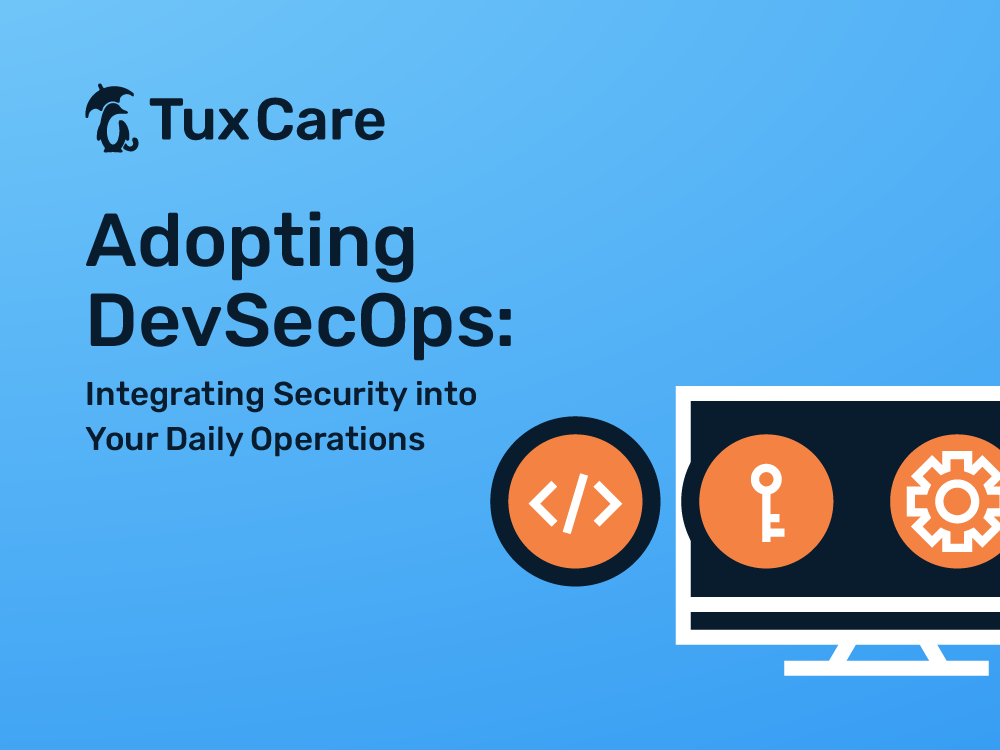Adopting DevSecOps: Integrating Security into Your Daily Operations
DevSecOps, an evolution of the DevOps approach, takes security into deeper consideration from the start of the software development process. By taking a DevSecOps approach, you begin to prioritize security and ensure that it’s a core piece of the entire software lifecycle – from initial design to production release.
Many top organizations and fast-growing startups have already switched to DevSecOps and seen great results. You may be reading this article because you’ve already been asking yourself whether it’s right for your company or team as well – which is why we’ve put this guide together!
As you continue reading this guide, you’ll learn more about the concept of DevSecOps, why it’s critical for modern software development, and how to effectively integrate it into your team’s daily operations.
Understanding the Need for DevSecOps
Traditional security measures must be improved as cybersecurity threats evolve and become more sophisticated. In the past, security was often treated as an afterthought and addressed toward the end of the software development process. However, this approach exposes organizations to significant risks and vulnerabilities – and, eventually, organizations have caught on.
DevSecOps offers a solution to this conundrum by integrating security at every stage of the software lifecycle. This paradigm shift reduces the risk of security breaches and creates a proactive security posture rather than a reactive one. By embedding security within the development process, development, security, and operations ensures a robust defense against today’s increasingly sophisticated cyber threats.
Key Concepts of DevSecOps
The core principle of DevSecOps is ‘shifting security left’ – integrating security measures at the earliest possible stages of the software lifecycle. This approach makes security a core part of development, testing, deployment, and maintenance.
By adopting a security-as-code methodology, DevSecOps allows for seamless collaboration between security, development, and operations teams – a higher level of cooperation that is the core characteristic of this approach.
The Pillars of DevSecOps
Key components of a successful DevSecOps implementation include Continuous Integration/Continuous Delivery (CI/CD), automated testing, Infrastructure as Code (IaC), and compliance monitoring with policy as code.
The following elements ensure consistent and secure environments throughout the development process, enabling faster, more reliable software releases:
- Continuous Integration/Continuous Delivery (CI/CD): CI/CD pipelines automate the integration, testing, and deployment of software, reducing the risk of human error and ensuring timely security updates. You can learn more about CI/CD in our in-depth blog post.
- Automated testing: By automating security tests and vulnerability scans, DevSecOps ensures that potential issues are identified and addressed as early as possible in the development process.
- Infrastructure as Code (IaC): IaC enables the creation and management of infrastructure components through code, ensuring consistent and secure environments across development, staging, and production.
- Compliance monitoring and policy as code: DevSecOps ensures that applications adhere to organizational and industry-specific security standards by incorporating compliance requirements directly into the development process.
Tips for Successfully Shifting to DevSecOps
To adopt DevSecOps, organizations should focus on the following key strategies:
Incorporating security into the development process: Ensure that security is considered from the initial design stages and remains a focus throughout the entire software lifecycle.
Building a culture of shared security responsibility: DevSecOps is all about collaboration, so encourage communication and cooperation among security, development, and operations teams to ensure that security is everyone’s priority and that everyone is consistently on the same page.
Upskilling your team: Train them in development, security, and operations principles and practices, transforming them from traditional system administrators to DevSecOps engineers.
Adopting the right tools for automation, monitoring, and feedback: Leverage modern tools to streamline the integration of security into the development process and provide real-time feedback on vulnerabilities and risks.
The Future of DevSecOps
DevSecOps is continuously evolving, with new trends and advancements shaping its future. Notably, artificial intelligence (AI) and machine learning are increasingly significant in automating and enhancing security measures. These technologies can help identify potential vulnerabilities more rapidly and accurately, further improving the effectiveness of DevSecOps practices.
Additionally, as organizations increasingly adopt cloud-native architectures, applying development, security, and operations principles in managing and securing cloud resources will become even more crucial. These and other emerging trends highlight the importance of staying abreast of developments in the DevSecOps field and continuously adapting and refining your organization’s practices.
Planning Your Own Shift to DevSecOps
In conclusion, integrating DevSecOps into daily operations is crucial for modern software development. This approach brings numerous benefits, including improved security, faster deployments, and enhanced team collaboration. By understanding the strategic shifts required and embracing a development, security, and operations culture, organizations can strengthen their security posture and adapt to the evolving digital landscape.
It’s essential to remember that transitioning to DevSecOps is not just about adopting new tools or practices; it’s about fostering a cultural shift towards shared responsibility for security. This shift requires ongoing commitment and effort from all team members, but the resulting improvements in security and efficiency make it a worthwhile investment.
One such improvement to any organization’s security approach is modernizing their vulnerability patching strategy with live patching. Live patching is a non-disruptive, automated patch deployment method that enables teams to put their security patches on autopilot and deploy them in the background as soon as they become available.
Learn more about live patching here.



 Documentation
Documentation Login
Login



